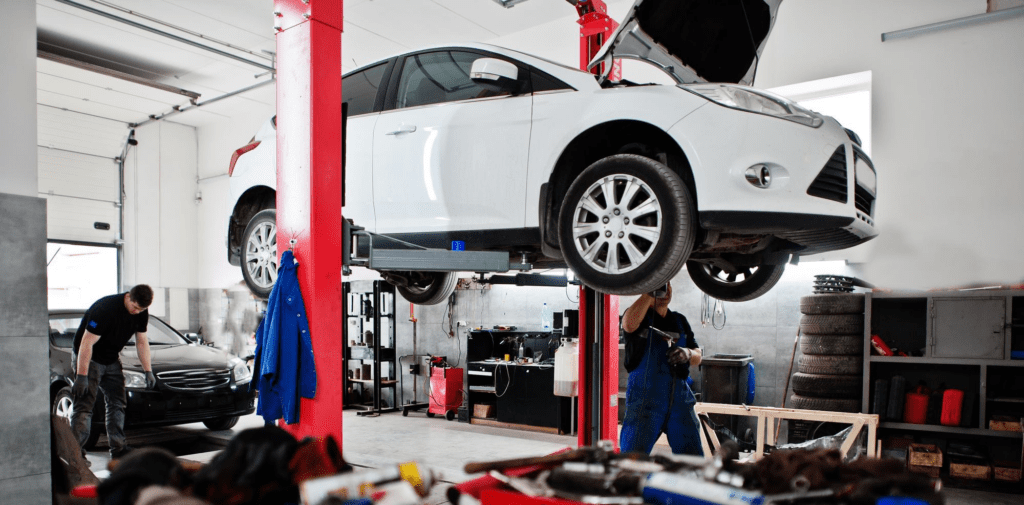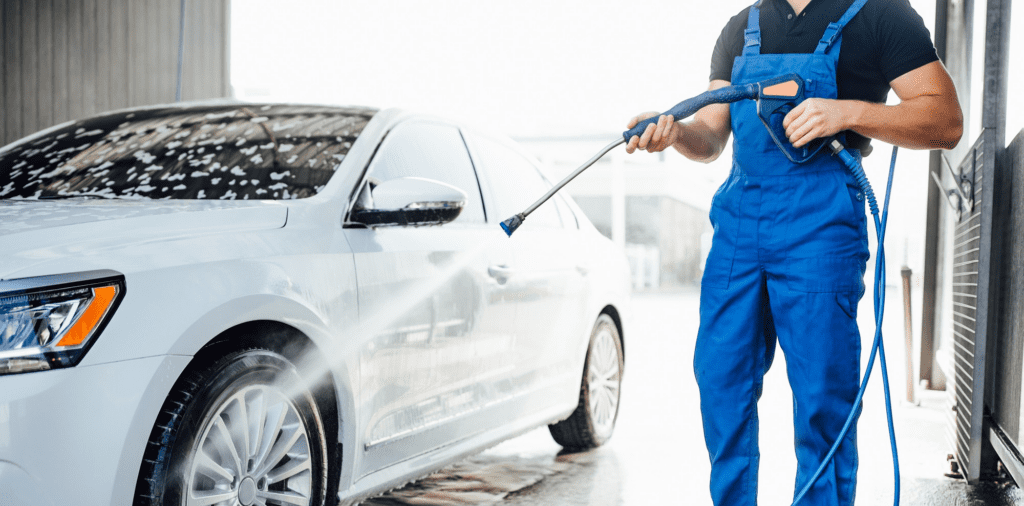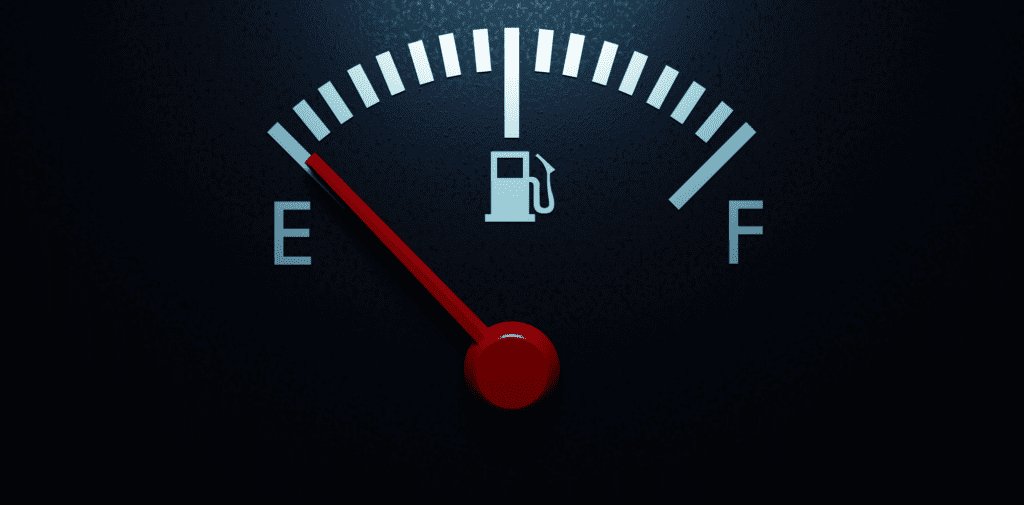
When we first buy a car, we all have visions of keeping it in pristine condition. We think of washing it weekly, promptly removing any rubbish, and asking passengers to keep their muddy shoes off the carpet.
Yet, sometimes our diligence wanes as the days turn into weeks and weeks into months. Given the significant investment that cars represent, maximising their lifespan is crucial until you’re ready for an upgrade. Regular maintenance is the key!
Here, we’ll share some of our top car maintenance tips to ensure your car stays in optimal condition and to keep small issues from escalating.
Why Car Maintenance Matters
Understanding car maintenance is essential, not just for the longevity of your car but for several other reasons as well. Here’s a deeper dive into why it’s crucial:
- Cost Savings: Regular maintenance routines can help detect minor issues that might turn into bigger problems if ignored. Addressing these concerns early on can significantly reduce repair costs. Think of it this way: a small investment now in routine check-ups can save you from hefty repair bills in the future.
- Safety First: Beyond the monetary considerations, ensuring that your car is in top condition is vital for your safety and that of others on the road. Overlooking certain issues like a malfunctioning brake system, balding tyres, or a failing transmission could lead to hazardous situations or even accidents. Regular maintenance ensures that all components are functioning as they should, providing a safer driving experience.
- Optimal Performance: Just like any machine, a car’s performance tends to degrade over time due to wear and tear. Regular servicing and tune-ups can prevent this decline, ensuring that your car delivers consistent and optimal performance. This means smoother rides, better fuel efficiency, and enhanced overall driving experience.
- Enhanced Resale Value: Planning to sell your car in the future? A well-maintained car is often more attractive to potential buyers. Keeping a record of regular maintenance and repairs can serve as proof that the car has been well taken care of. This increases its appeal and can also command a better resale price.
Keep It Clean
A sparkling clean car is not just about aesthetics; it’s also about ensuring its longevity. While it might seem trivial, the frequency with which you clean your car can have a lasting impact on its condition.
Over time, dirt, dust, and contaminants can accumulate on your car’s surface. Not only does this diminish its appearance, but it can also damage the paint and undercarriage.

For instance, mud or dirt trapped in certain areas can retain moisture and cause rusting. This goes beyond the exterior. The interior components and moving parts can also deteriorate due to accumulated dust and grime.
Therefore, instead of letting dirt accumulate, come up with a regular cleaning routine. Aim to give your car a good clean, both inside and out, every couple of weeks.
By addressing small cleaning tasks frequently, you’ll minimise the need for extensive cleaning sessions.
If you’re uncertain about the best cleaning practices, there are numerous guides and tips available to help you maintain your car’s pristine condition.
Think About How You Drive
Your driving style has a significant impact on the health of your car. While it might be tempting to channel your inner Vin Diesel, aggressive driving can lead to faster wear and tear on your car.
Defensive driving is more than just avoiding high speeds. It involves being mindful of your acceleration, braking, and overall handling of the car. Frequent hard braking or sudden accelerations can strain the engine and brake system. Additionally, over-revving the engine or abruptly changing gears can lead to premature wear.
If you’re still on the fence about adjusting your driving habits, consider the financial incentives. Many insurance companies offer telematics or “black box” policies. These policies monitor your driving and offer discounted premiums to those who demonstrate safe driving behaviours.
Thus, by adopting a smoother driving style, you not only prolong the life of your car but can also benefit from reduced insurance costs. In essence, it’s a win-win situation!
Be Gentle with Your Clutch
Your driving habits play a crucial role in the longevity of your car’s components, especially if you’re behind the wheel of a manual car.
The clutch pedal, in particular, is a component that frequently suffers from misuse. Being excessively heavy-footed or using the clutch more than necessary can expedite its wear.
A common mistake made by many drivers is keeping the engine running and foot on the clutch in bumper-to-bumper traffic. This not only leads to unnecessary fuel consumption but also puts undue strain on the clutch.
A better approach in prolonged standstills is to turn off the engine and reduce unnecessary wear on the clutch.
Lighten the Load
Over time, our cars can become storage units on wheels, accumulating everything from spare shoes to sporting equipment. While it might seem harmless to have these items onboard, carrying excess weight can strain your car.

The more weight a car has to carry, the harder the engine must work, leading to increased fuel consumption and faster wear and tear of various components. Moreover, added weight can also affect the car’s handling and braking, potentially compromising safety.
To maintain optimal performance and prolong the life of your car, periodically review what you’re carrying around. Remove non-essential items and limit what you store in your car to only the essentials.
If you’re unsure about what to keep, there are many resources available that list recommended items for car emergency kits and everyday convenience.
By decluttering, you’re not only promoting your car’s health but also creating a more pleasant and organised driving environment.
Pay Attention to Your Warning Lights
The warning lights on your dashboard are not just decorative or mere annoyances; they’re essential indicators of your car’s health.
Each light is designed to notify you about specific issues, ranging from minor alerts to potentially severe problems. Ignoring these signals can not only jeopardise your safety but also result in more significant issues down the line.
Beyond the safety implications, there are financial repercussions to consider. For instance, a seemingly inconsequential warning about your brakes can escalate if neglected, transforming what might have been a modest repair into a costly fix.
Therefore, familiarise yourself with the meanings of the various dashboard warning lights. Doing so can save you from potential hazards and prevent wallet-draining repairs in the future.
Monitor Fluid Levels
Maintaining the right fluid levels in your car is essential for its smooth operation and longevity. Each fluid serves a specific purpose, ensuring various components of your vehicle function correctly. Neglecting these can lead to engine damage or other significant issues.
To safeguard your car’s health, set aside time at least bi-weekly to inspect under the hood. Regularly check and, if necessary, replenish the following fluids:
- Engine Oil: Vital for lubricating engine parts, preventing wear and tear.
- Hydraulic Brake Fluid: Essential for the proper functioning of the brake system.
- Engine Coolant: This keeps the engine temperature regulated, preventing overheating.
For all these fluids, ensure that their levels lie between the minimum and maximum markers. If you notice any discrepancies, top them up, being cautious not to overfill.
If you’ve had driving lessons, you might recall this basic maintenance being part of the “show me, tell me” segment. However, if you’re feeling uncertain about managing these fluid levels yourself, seek assistance.
Whether it’s from a knowledgeable family member, a friend, or even a quick YouTube tutorial, it’s crucial to ensure you’re handling your car’s maintenance correctly.
Inspect Your Car Mirrors and Lights Regularly
Visibility is paramount when it comes to safe driving. Car mirrors play a pivotal role in providing drivers with a comprehensive view of their surroundings. It’s advisable to examine your exterior mirrors at least once a week.
Dirt, dust, and smudges can obscure your vision, so it’s essential to clean them regularly. If you notice any cracks or damages to your mirrors, it’s crucial to get them repaired immediately, as compromised mirrors can distort your view and put your safety at risk.

In the same vein, functional lights are vital for both night-time driving and inclement weather conditions.
A malfunctioning headlight or tail light can not only result in a ticket from the Police but can also significantly increase the risk of accidents.
To ensure they’re functioning optimally, periodically turn on all your lights—including indicators—and walk around your vehicle to inspect them. Ensure you’re doing this check in a secure location, away from potential hazards.
Prioritise Tyre Maintenance
Tyres are the only parts of your car that maintain direct contact with the road, making their maintenance absolutely crucial. They endure significant wear and tear, and if neglected, the repercussions can range from reduced fuel efficiency to catastrophic blowouts.
Consistent tyre pressure is crucial for optimal car performance. Under-inflated tyres can increase fuel consumption and affect handling, while over-inflation can lead to premature wear.
Your vehicle’s manual provides the recommended pressure levels. Make it a routine to check your tyre pressure every two weeks or before long journeys.
Another vital aspect is the tread depth. By law, the minimum tread depth should be 1.6mm across the central three-quarters of the tyre. During this check, also inspect for any evident damages, like cuts, bulges, or punctures.
Should you identify any irregularities, it’s wise to consult with a tyre specialist or garage for possible replacements.
Lastly, adapting to seasonal changes is essential for tyre longevity and safety. In regions with marked differences between summer and winter conditions, rotating between summer and winter tyres can improve grip, fuel efficiency, and overall tyre lifespan.
Read up on your vehicle’s handbook
When you first purchased your car, you were handed a vehicle handbook. Many of us tend to set it aside, deeming it a dull read. While it might not make for exciting bedtime literature, this manual is an invaluable resource for understanding your vehicle’s nuances and ensuring its longevity.

By delving into it, you’ll uncover detailed information such as when your car should undergo regular service checks, the appropriate tyre pressure, and other essential maintenance tips.
Essentially, this booklet is your go-to guide for any queries about your vehicle. It’s wise to familiarise yourself with its contents; it’ll be worth the effort in the long run.
Don’t ignore anything out of the ordinary
After owning a car for a while, you become attuned to its unique sounds and behaviours. This familiarity is beneficial because should any unusual noises or irregularities arise, they might indicate underlying issues.
For instance, if there’s a peculiar shrieking sound whenever you shift beyond second gear, or if the clutch pedal feels different underfoot, these could be signs that your car needs professional attention.
It’s crucial not to brush off such anomalies; they might be symptomatic of more significant concerns.
Pay attention to your fuel economy
Monitoring your car’s fuel consumption can provide insights into its overall health and performance. If you notice an increased frequency in your trips to the petrol station, it might signal that something is not quite right with your car.

A few measures you can adopt include managing your car’s weight, refining your driving techniques, and ensuring your tyres are correctly inflated.
However, if you’ve implemented these strategies and still find the fuel gauge dropping too swiftly, you might want to explore our eco-friendly driving article.
If, after all these efforts, the issue persists, it’s advisable to consult a mechanic or car expert. There might be more profound issues lurking under the bonnet that require attention.
Store it properly
This advice is particularly pertinent for those fortunate enough to possess their own garage. If your garage has evolved into more of a storage space, leaving your car exposed outdoors, it might be time to re-evaluate its primary purpose.

By parking your car inside a garage, you not only shield it from external factors like weather and dirt, but you could also potentially benefit from reduced car insurance costs. Street parking exposes your vehicle to greater risks in comparison to the safety of a private garage.
Take your car in for service checks
Our final piece of advice, yet one of the most paramount, is regarding service checks. This isn’t a strenuous task; indeed, it’s one of the more straightforward tips. Manufacturers typically advise car owners to schedule a service either every 12,000 miles or annually, whichever milestone is achieved first.
Your vehicle’s handbook will provide clarity on the recommended service intervals specific to your car. For those with contemporary cars, an in-built warning system might even alert you when a service is due.
Service checks involve a professional meticulously examining your car’s vital components. They will identify and document any discrepancies, ensuring they’re addressed appropriately.
The comprehensiveness of the service can vary, contingent on whether it’s an interim or a full check.
Regular service checks play a pivotal role in prolonging your car’s lifespan. Deliberately avoiding them to save a bit of money might seem tempting, but remember, these checks are instrumental in spotting and rectifying minor issues before they exacerbate into costly repairs.
While the DIY approach has its allure, unless you possess comprehensive knowledge of car repairs, it’s best to refrain from dabbling. A minor, affordable repair could escalate into a costly one if an inexperienced attempt exacerbates the issue.


